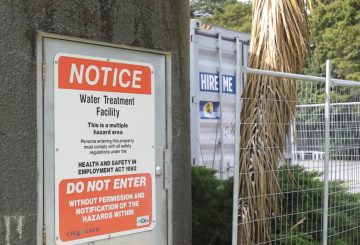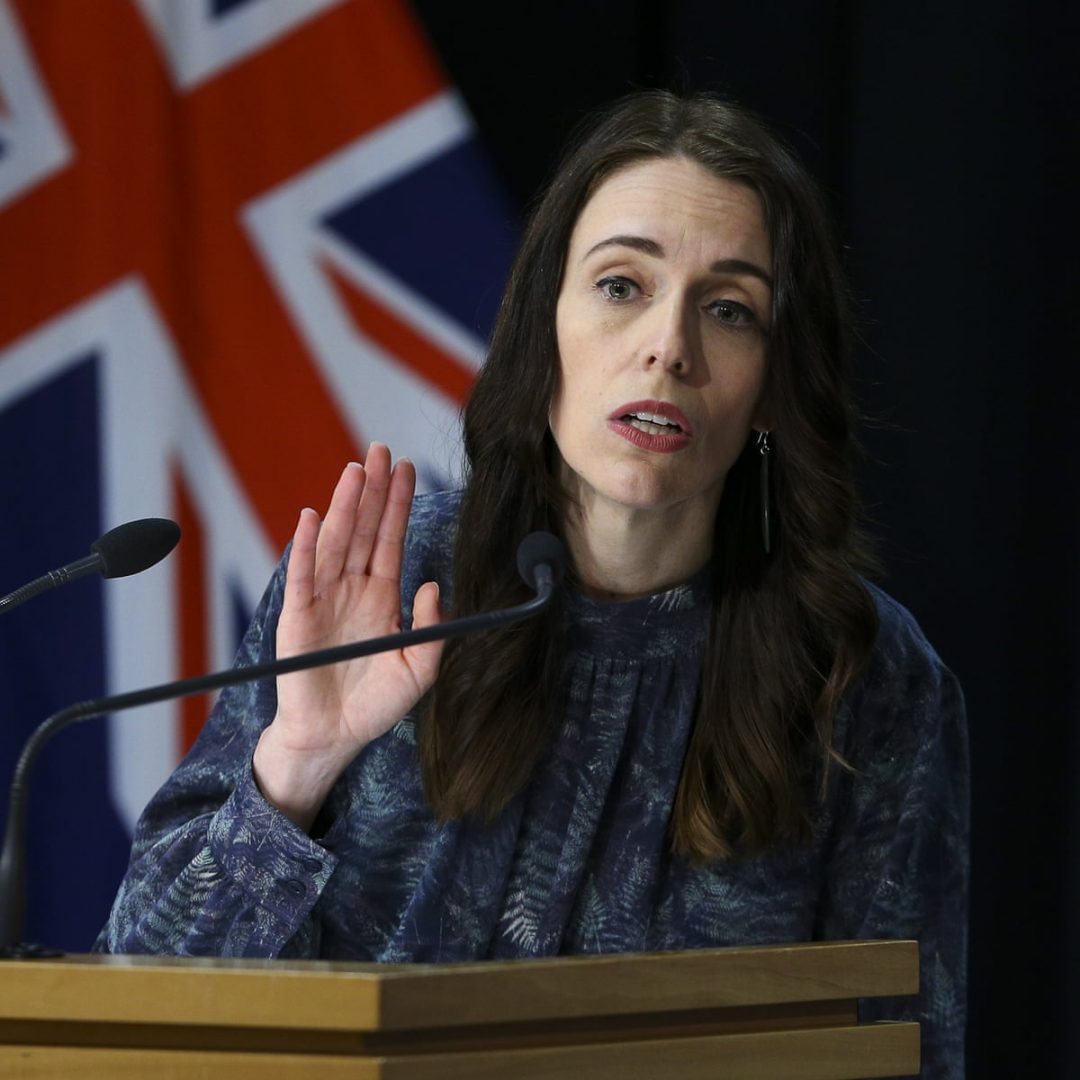警告:这个案例的细节可能会让一些读者感到不安。
有关眼科医生菲利普·波尔金霍恩的妻子宝琳·汉娜死亡时使用的绳索的问题引起了人们的怀疑。在波尔金霍恩受审期间,第一名到场的警官注意到绳子的结和张力有问题。
这位71岁的眼科医生承认拥有甲基苯丙胺,但否认谋杀了他的妻子。2021 年 4 月 5 日,汉娜被发现死在雷穆埃拉的家中。检方称,波尔金霍恩因对性痴迷并与悉尼一名护送人员有关系,过着秘密生活。他们辩称他杀死了汉娜并将场景布置得像自杀。
波尔金霍恩的辩护辩称,汉娜有心理健康问题并自杀。警察接到电话后,由于绳索状况不佳,他们发现现场可疑。在接下来的几天里,他们还在家中发现了甲基苯丙胺和玻璃管。
侦探中士克里斯蒂安·伊奥加在波尔金霍恩报告妻子死亡后赶到现场。他说打结松动,不够结实,无法承受重量,这使他怀疑有犯规行为。他还在床垫上发现了一块棕色的污迹,后来经检测呈可能的血液阳性。
在搜查过程中,警察在主卧室里发现了甲基苯丙胺容器和一根管道,主卧室被确定为波尔金霍恩的一边。Iogha被问及警方是否获准搜查住所。他解释说,他们起初不需要同意,因为他们受到《验尸法》的约束,称情况很复杂。
波尔金霍恩的律师罗恩·曼斯菲尔德辩称,警方本应征得同意,但艾奥加无法确认这是否发生。当晚晚些时候,警方获得了搜查令。Iogha为彻底的调查辩护,称他们有责任向公众详细说明情况,尤其是因为这所房子很大。
Iogha还提到要对浴室里发现的尿液进行检测,尿液中含有甲基苯丙胺的痕迹。曼斯菲尔德质疑警察在长时间的搜查中去了哪里洗手间,并指出便携式厕所直到汉娜死后两天才送达。Iogha坚持要求警官在远离现场的地方使用洗手间,但无法解释延误的原因。
审判预计将持续六周,将在格雷厄姆·朗法官和陪审团面前继续进行。





























































